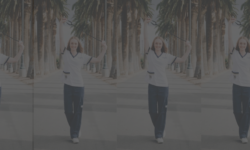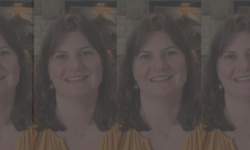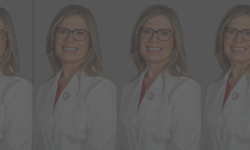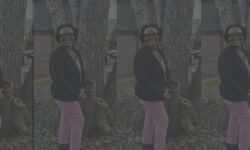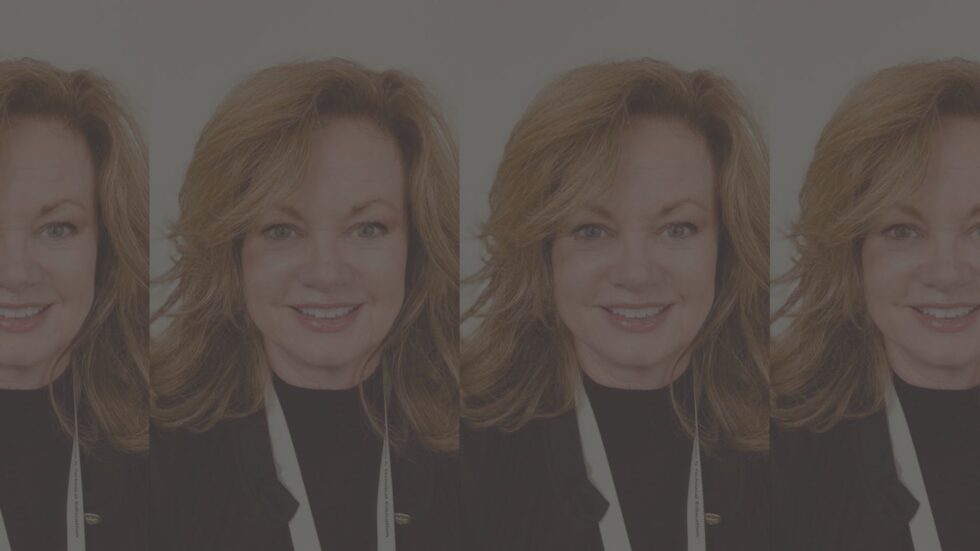
When she was in high school, Allen High School Health Science and Medical Terminology Instructor Mary Fraisher picked up her mother after her midnight nursing shift in the emergency room. As Fraisher waited in the car, she observed the inner workings and conditions of hospital healthcare.
“When I would sit down there, I would just see the most interesting things happen,” Fraisher said. “And I could envision myself thriving in that kind of environment.”
Inspired by her mother and the emergency care setting, Fraisher completed her pre-nursing classes and eventually graduated with a bachelor’s in nursing from the University of Texas at San Antonio. During her undergraduate education, she shadowed her mother, which helped her solidify her interest in nursing and become more involved in the hospital setting.
As Fraisher explored different departments during nursing school, her love for children initially compelled her to choose pediatrics. However, when she was actually exposed to the field during clinical rotations, she felt extremely sad to be working with children who were seriously ill.
With this in mind, Fraisher was eventually exposed to critical care nursing in the ICU. These patients were at the opposite end of the spectrum — adults who were nearing the end of their lives. She found herself to be more comfortable working in ICU rather than pediatrics.
“Once I did that last clinical rotation, it just spoke to all my interests,” Fraisher said. “You’re helping people, you’re teaching families about how to take care of the patient’s needs … you’re helping people through the end of life.”
Fraisher noted that it was comforting to be present during a patient’s last moments of their life.
Nursing during the HIV/AIDS pandemic
Following graduation, Fraisher worked in the ICU for about five years, taking care of cardiac patients. Her role was unique in that the HIV/AIDS pandemic first erupted in the United States, during a time where the public had limited information regarding the nature and severity of the pathogen.
“We had one of the first AIDS patients in San Antonio, and I got to take care of that patient,” Fraisher said. “And it was very scary, because again, we didn’t know if we were going to get it. At that time, 100% of people who developed that virus went on to develop AIDS, and 100% of those people died.”
The patient, who was a young doctor, passed away. Fraisher added that it was an extremely challenging time, but it was the type of situation that she learned to cope with as an inherent part of her job.
Stigma towards HIV/AIDS patients grew rampant, due to lack of information and awareness of the disease, but Fraisher noted that Princess Diana of Wales embracing a child with HIV played a culturally significant role in lessening the spread of myths surrounding the virus.
“Initially, nobody knew how you got it — we knew at the time that it impacted certain populations, but people didn’t really know how you got it,” Fraisher said. “And so that was extremely significant that she embraced this … and I do remember how powerful that was in terms of reducing that stigma with regard to those patients.”
Fortunately, Fraisher noted that biomedical research regarding HIV/AIDS has advanced immensely in contemporary times, and HIV positive patients can undergo antiretroviral medications to prevent the onset of AIDS. Some people are also able to live with the disease for many years.
Pharmaceutical business and high school education
After working in the ICU, Fraisher transitioned into the business realm of healthcare, which involved working in the pharmaceutical industry. She spent over a decade in this industry with five different companies, fulfilling a variety of roles in pharmaceutical sales, adverse event reporting, and patient education. She also worked with cardiovascular, anti-epileptic, and lipid-based medications.
“Those are aspects of healthcare that I feel like many students are not aware of,” Fraisher said. “And I was not aware of them until well into my career, when the opportunities presented themselves.”
Eventually, Fraisher took up teaching in the health sciences pathway of high school.
“I’ve been able to see many, many sides from patient care to the business aspect of medicine, to the preparation of students filling those demanding careers in the healthcare field,” Fraisher added.
After finishing her contract with one company and waiting for another, Fraisher stumbled upon an unexpected opportunity. Her son was on the same swim team as her friend’s son at Allen High School in Texas, so they saw each other on a regular basis.
Fraisher’s friend, who was the team lead for the health sciences program at Allen High School, asked her if she would be interested in taking a long-term substitute job for a teacher who was gone for a semester due to back surgery recovery. Without any hesitation to help her friend, Fraisher agreed to take the role
“I didn’t even think about what [it] meant to be a teacher,” Fraisher said. “And I came in, and … all these kids are looking at me, like I might know something. And, I just kind of started class and started teaching.”
Fraisher noted that she initially felt like a “fish out of water,” knowing very little about working in education. However, as time went on, she truly began to enjoy being a teacher.
“I remember the first project that the students turned in,” Fraisher said. “It was a brochure about different diseases, and I remember stapling those brochures on the wall outside my classroom. I remember I was so proud of the work that my students had done.”
Fraisher noted that the experience felt like an epiphany, showing her what it truly meant to be a teacher by visualizing a measure of learning through the medical brochures. After completing her substitute job, which was only for the semester, she earned her teaching certification. Then, she began teaching principles of health science, medical terminology, and pharmacology at the very same high school, a role she has maintained for 14 years.
Additionally, Fraisher attributed the core, unifying reason why she has thoroughly enjoyed all the different chapters of her career to the relationships she fostered with the people she worked with.
“It’s about the relationship,” Fraisher said. “The relationship between patient and nurse, or in the educational setting, teacher and student. And I think that also extends to sales too. because it is the relationship between customer and salesperson.”
Fraisher’s favorite part about her career is the teaching component: preparing patients for their open heart surgeries and how to take care of themselves post-op, or informing customers about the protocols surrounding the medications they were buying.
Fraisher currently teaches Health Science and Medical Terminology at Allen High School, but she still has her Registered Nurse (RN) License.
“Remember that it’s that feeling in your heart, that you should take joy in helping others, because that’s what this career is all about,” Fraisher said. “This is about helping people through some of the most vulnerable times in their life. And if that brings you joy, then you are going to have a very satisfying career in healthcare.”




